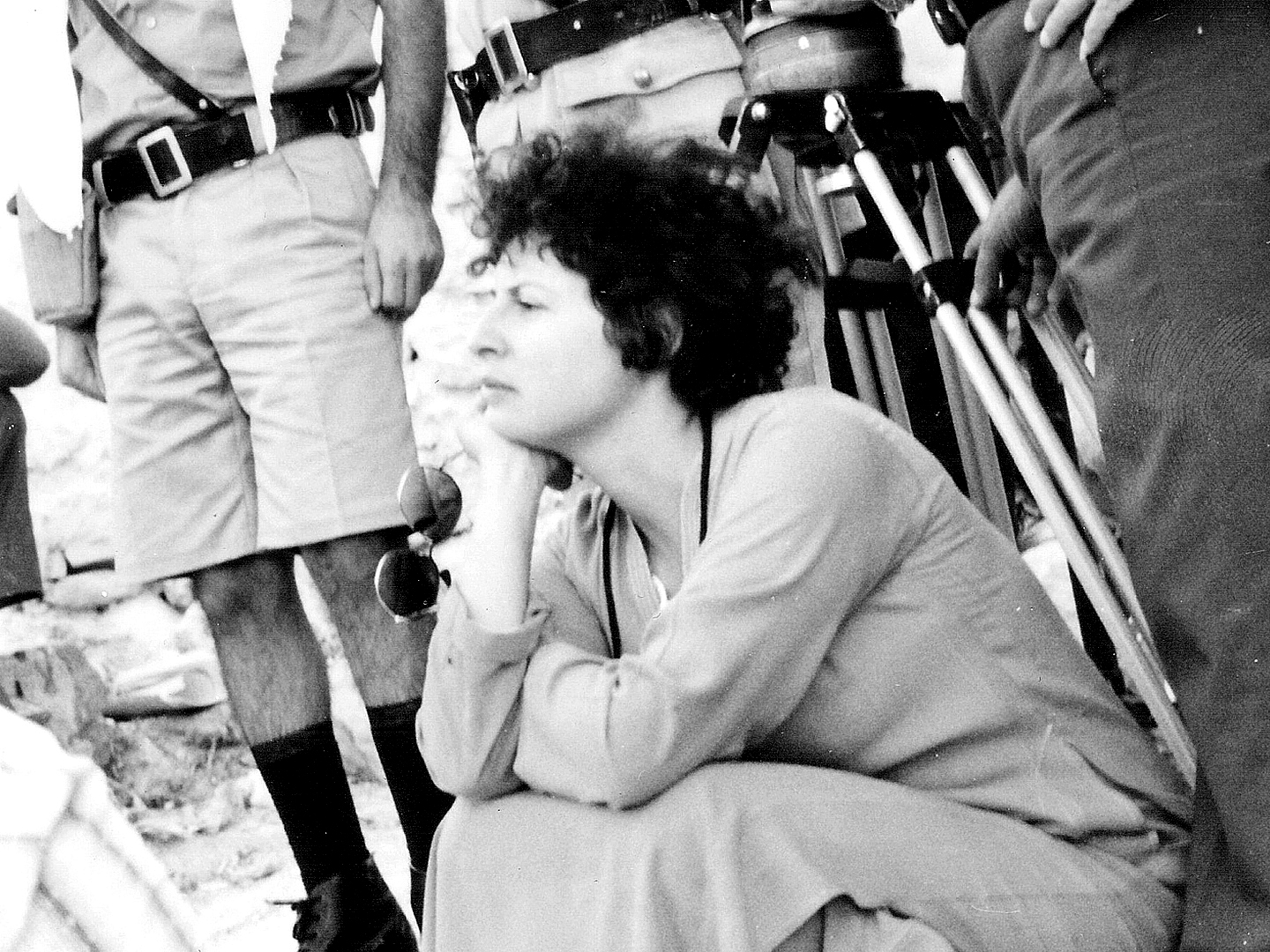COMPILED BY Gerard-Jan Claes, Stoffel Debuysere

Born in 1945 in Beirut, Heiny Srour studied Sociology in Beirut and went on to study Social Anthropology at the Sorbonne in Paris. In 1969, while pursuing a PhD on the status of Lebanese and Arab women and working as a journalist for AfricAsia magazine, she discovered the struggle of the Popular Front for the Liberation of the Occupied Arabian Gulf. Determined to make a film about this feminist movement, she spent two years doing intensive research and finding the necessary funds before setting out to Dhofar. The Hour of Liberation was completed in 1974 and selected at Cannes Film Festival, making Srour the first woman from the Third World to be selected at the prestigious international festival. In her next film, Leila and the Wolves (1984), she unveiled the hidden histories of women in struggle, in particular in Palestine and Lebanon, by weaving an aesthetically and politically ambitious tableau of history, folklore, myth and archival footage. Since initiating a feminist study group in Lebanon in the early 1960s, Srour has been vocal about the position of women, in particular in Arab societies, to this day.